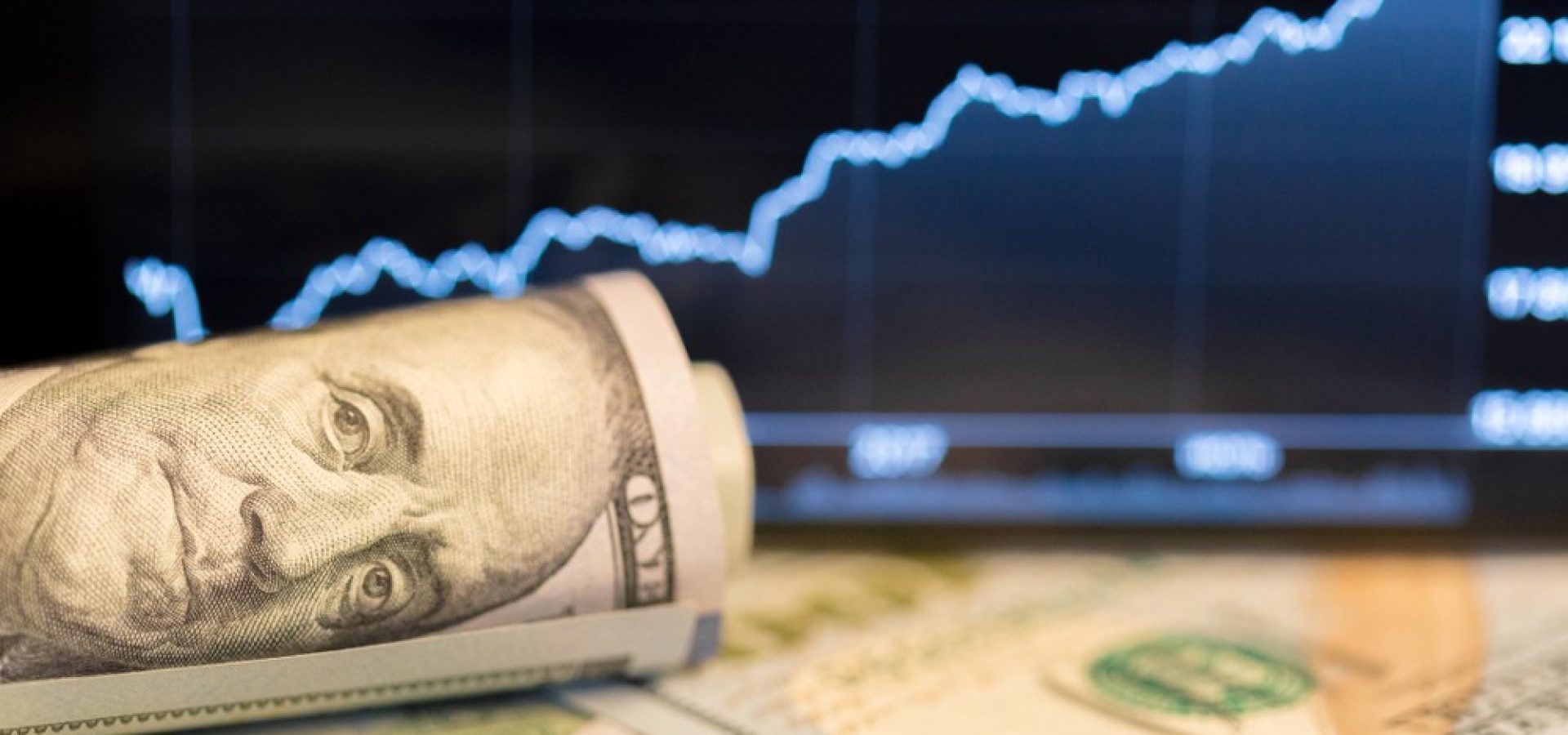Quick Look
- U.S. inflation remains persistent, complicating the Federal Reserve’s easing cycle timeline.
- The yen struggles around 150 per dollar, facing a significant yearly decline amidst speculation.
- The dollar index exhibits resilience, climbing 3% this year amid changing rate cut expectations.
- Economic indicators highlight ongoing inflationary pressures, with mixed signals from retail sales and jobless claims.
- Divergent forecasts for the GBP/USD exchange rate signal uncertainty in currency markets.
The financial markets have been on a rollercoaster, closely monitoring U.S. inflation data, which continues to show stubborn persistence. This trend casts shadows over the Federal Reserve’s anticipated easing cycle, now speculated to commence in June rather than March. Such developments have significant implications not only domestically but also across the global currency landscape.
Yen’s Struggle: Near 150/USD & 6% Yearly Fall
The Japanese yen remains under scrutiny, hovering near the 150 per dollar mark. Despite a minor strengthening, it has depreciated approximately 6% over the year. Market speculators, holding a net short position worth $9.2 billion, anticipate a continuation of the Bank of Japan’s current policy stance, further influencing the yen’s trajectory.
Mixed U.S. Signals: Dollar Inflation vs. Economic Dip
The U.S. economy presents a mixed bag of indicators, with producer and consumer prices climbing higher than anticipated, hinting at enduring inflationary pressures. Conversely, declining retail sales and an uptick in jobless claims suggest a softening economic landscape. The upcoming release of Fed meeting minutes and speeches by key officials is eagerly awaited, offering potential insights into future monetary policy directions.
GBP/USD’s Uncertain Path Amid Divergent Views
Forecasts from ING and Danske Bank offer divergent views on the future of GBP/USD, illustrating the uncertainty pervading currency markets. The UK’s economic data presents a slightly better-than-expected inflation rate juxtaposed with strong wage growth. It feeds into discussions on the Bank of England’s rate cut timing and its implications for a technical recession and growth outlook for 2024.
As global economic conditions continue to evolve, influenced by factors including China’s growth and sentiment, the strength of the USD, and central bank policies, investors remain vigilant. The complex interplay of persistent inflation, speculative market positions, and divergent economic indicators underscores the challenges and opportunities within the global currency markets.
Dollar Up 3%: Diverse Currency Dynamics
The dollar index’s performance, standing at 104.20 and marking a 3% increase this year, reflects the market’s adjustment to shifting rate cut expectations. Meanwhile, the euro and sterling show modest movements, with the AUD and NZD experiencing slight gains post-holiday season. Notably, the Swedish krona saw appreciation against the dollar following an inflation update, highlighting the nuanced dynamics within currency markets.









COMMENTS